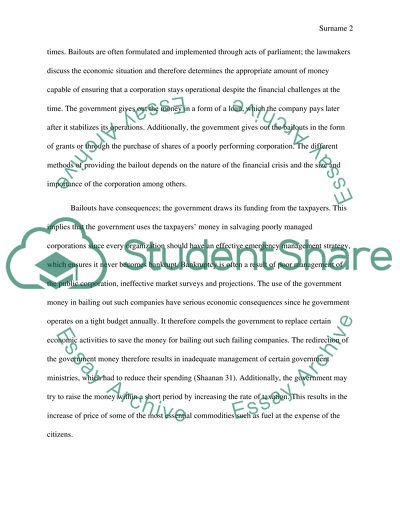Cite this document
(“U.S. Government Bailouts Essay Example | Topics and Well Written Essays - 1750 words”, n.d.)
Retrieved from https://studentshare.org/finance-accounting/1474267-us-government-bailouts
Retrieved from https://studentshare.org/finance-accounting/1474267-us-government-bailouts
(U.S. Government Bailouts Essay Example | Topics and Well Written Essays - 1750 Words)
https://studentshare.org/finance-accounting/1474267-us-government-bailouts.
https://studentshare.org/finance-accounting/1474267-us-government-bailouts.
“U.S. Government Bailouts Essay Example | Topics and Well Written Essays - 1750 Words”, n.d. https://studentshare.org/finance-accounting/1474267-us-government-bailouts.


